

The 1920’s were chalk full of events that would define Real Madrid. Most importantly, the construction of the old Chamartín, which was considered a monumental undertaking at the time. With a seating capacity of 15,000, the new stadium was a spectacular leap towards the future. In the closing years of the decade, it was Ricardo Zamora’s signing that caused a national stir. In the sporting arena, Madrid, as always, were the team to beat.
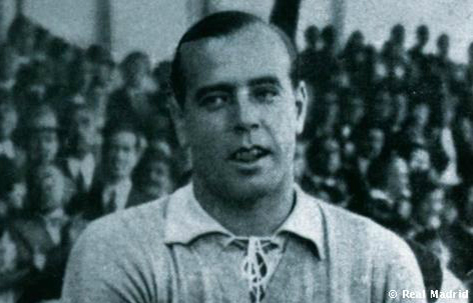

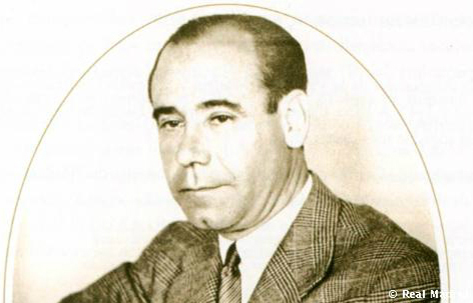
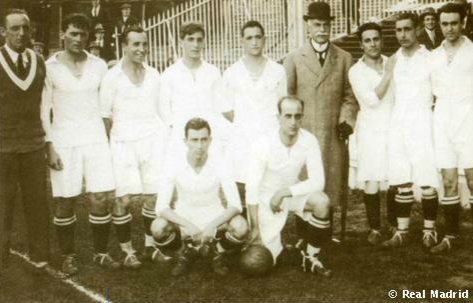
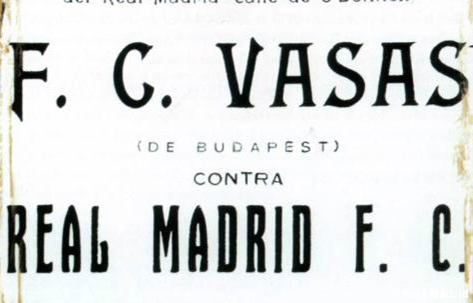
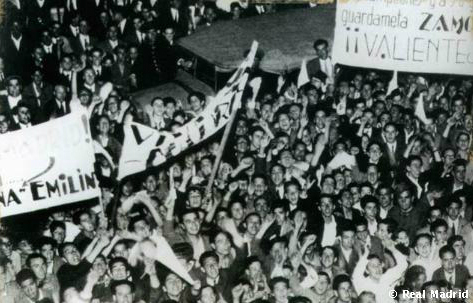
SANTIAGO BERNABÉU JOINS ATLETICO FOR A YEAR
Prior to the start of the 1920/21 season Santiago Bernabéu left the Madridista team for the first time since his arrival in 1912, although fans did see him play in several friendlies with the “eternal rival.” In 1921, and after donning the Athletic Madrid shirt for a match against Espanol, the Spanish FA denied Bernabéu authorisation to play in the semifinals of the Spanish Cup because one year had not yet passed since his Madrid departure.
THE FIRST TEAM TO WEAR BLACK ARMBANDS
Nowadays it’s very common to see teams wearing black armbands as a sign of mourning. Madrid was the first team to ever wear the armband for such use, and they were first seen in a match against Athletic Madrid on 5 Match 1922, in honour of the deaths of Madridista Sotero Aranguren and Bilbao player Rafael Moreno “Pichichi”.
CHAMARTÍN, A SO-CALLED CRAZY UNDERTAKING
The construction of the field at Chamartín was believed to be a crazy, monumental undertaking in 1924, but what it really was a giant leap towards the future. It was inaugurated on 17 May 1924 with a match between Real Madrid and Newcastle United. The hosts defeated the English side 3-2 in front of 15,000 onlookers, which was full-capacity for the new Madridista field. In 1947, the Santiago Bernabéu Stadium was built on top of parts of this land.
THE FIRST ENGLISH TOUR
Businessman Enrique Alcaraz was responsible for getting Real Madrid to play in England, the birthplace of football, for the first time. Despite the fact that every match against the English teams ended in defeat, the British press unanimously praised Real Madrid’s talent and playing style.
PEDRO PARAGES BANISHES BLACK SHORTS BECAUSE THEY ARE JINXED
Real Madrid had always dressed in white, until the 1925/26 season, when the shorts of the official kit were changed to black. A string of bad results led Club President Pedro Parages to scratch the black shorts idea because he thought they were jinxed.
COACH SANTIAGO BERNABÉU
In 1926, Santiago Bernabéu was given the head coaching job when President Luis Urquijo decided to replace Juan de Cárcer. Then, in 1928, he was in charge of the team for three months after taking over for José Ángel Berraondo. During the 1932/33 season, Bernabéu became interim coach for one month between the departure of Lippo Hertzka and the arrival of Robert E. Firth.
AMERICAN TOUR STIRS EXCITEMENT
Real Madrid’s first American tour was a big hit in Argentina, Uruguay, Peru, Cuba, Mexico and the United States. During the three and a half months the team was on the two continents, they won 16 of the matches they played. José García Echaniz was responsible for the Madridista expedition and Santiago Bernabéu was the Club representative.
THE FIRST MADRID-ATLETICO DERBY
Madrid and Atletico met for the first time on 21 February 1929 in Matchday 3 of the League Championship at the former Chamartín. It was the first official derby of the new tournament, and Madrid won 2-1 thanks to a brace by Triana, while Marín scored the lone strike for the Rojiblancos.
FIRST LEAGUE RUNNER-UP
Real Madrid led the first Spanish football League for the first ten match days, and it looked like they would easily win the League title. But the Madridistas were surpassed by Arenas de Guecho and then Barcelona. Madrid retook the lead in the second-to-last matchday by defeating Arenas in what was their best game of the season. But the loss to Athletic Bilbao at San Mamés in the last match of the season kept Madrid from winning the title. They had to settle for runner-up, just one point behind Barcelona.
ZAMORA SIGNING HAS NATIONAL IMPACT
The negotiations between Pablo Hernández Coronado and Damián Canellas, technical secretaries of Real Madrid and Espanol, respectively, produced the transfer of the legendary keeper to the Madridista Club. The Zamora signing caused a national stir, as Madrid paid the Catalan Club the astronomical figure of 150,000 pesetas (900€). “The Divine,” as Zamora was also known, made his Real Madrid debut on 5 October 1930 against Athletic Madrid in Matchday 4 of the Regional Championship.